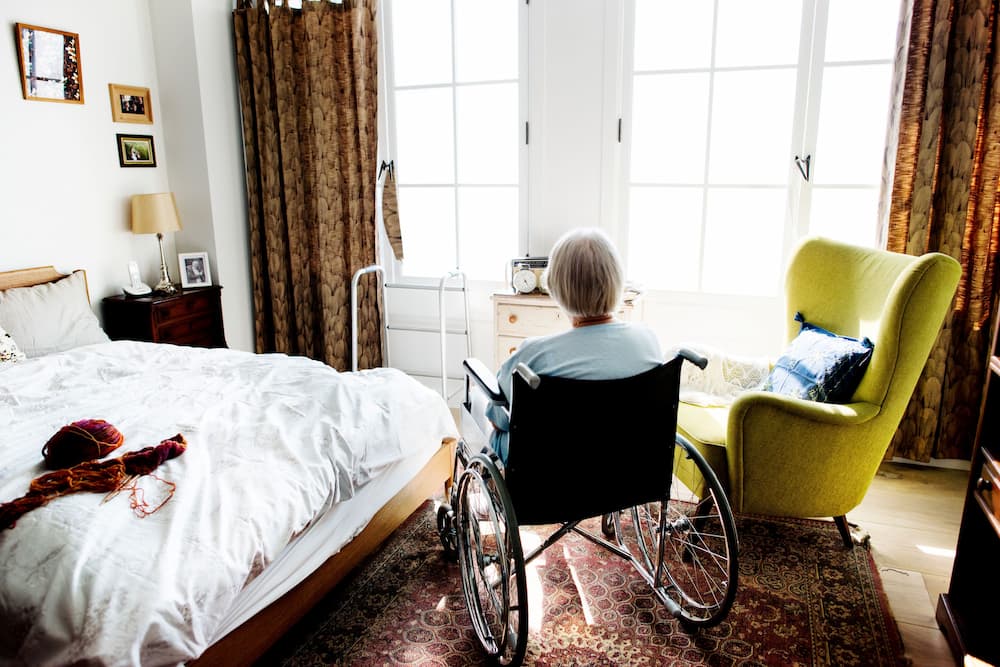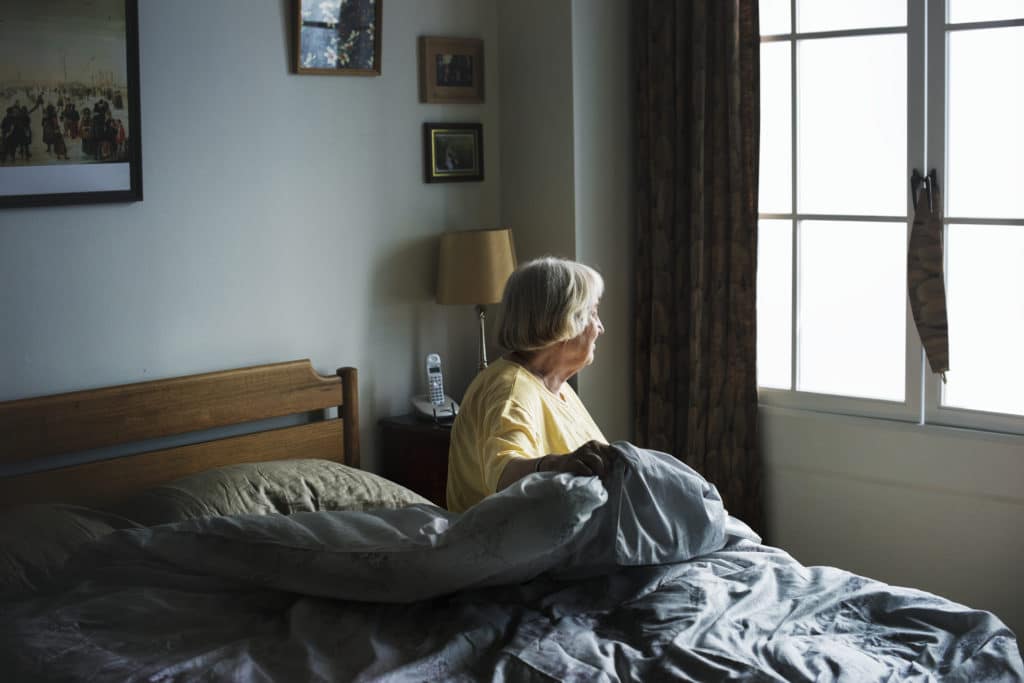As our loved ones age, ensuring their safety becomes a top priority. One crucial aspect of elderly care is finding the best fall detection for elderly couples. Falls are a common concern, and having a reliable system can provide peace of mind for both the elderly and their caregivers.
With numerous options available, selecting the most suitable fall detection system can be daunting. This article will guide you through the key considerations and features to look for, helping you make an informed decision for your loved ones’ safety.

Understanding the Importance of Fall Detection
Falls are a leading cause of injury among older adults. According to the CDC, one in four elderly individuals experiences a fall each year, leading to serious injuries and even fatalities. Fall detection systems are designed to alert caregivers or emergency services immediately, reducing response time and potentially saving lives.
How Fall Detection Systems Work
Fall detection systems use advanced technology to monitor a person’s movements. They typically employ sensors, accelerometers, and algorithms to detect falls accurately. When a fall is detected, the system sends an alert to pre-designated contacts, ensuring timely assistance.
There are various types of fall detection systems, including wearable devices, smart home systems, and non-wearable sensors. Each type has its advantages and limitations, making it essential to choose the one that best suits your needs.
Wearable Fall Detection Devices
Wearable devices are popular due to their portability and ease of use. These devices are often worn as pendants, wristbands, or clip-ons. They continuously monitor movements and automatically send alerts in case of a fall.
While convenient, some elderly individuals may find wearing a device uncomfortable. Additionally, these devices require regular charging, which can be a drawback for some users.
Smart Home Fall Detection Systems
Smart home systems integrate fall detection into the home’s infrastructure. These systems use motion sensors placed strategically around the house to monitor movements. If a fall is detected, the system alerts caregivers through a connected app or device.
One advantage of smart home systems is that they do not require the elderly to wear anything. However, they can be costly and may require professional installation.
Non-Wearable Sensor Systems
Non-wearable sensor systems are a newer innovation in fall detection. They use advanced technology to monitor the environment and detect falls without the need for wearable devices. These systems are ideal for those who prefer not to wear a device.
However, non-wearable sensors may have limitations in coverage and may not be suitable for all living environments.
Key Features to Consider
When choosing the best fall detection for elderly couples, consider the following features:
- Accuracy: Ensure the system has a high detection accuracy to avoid false alarms.
- Ease of Use: The system should be user-friendly for both the elderly and caregivers.
- Battery Life: For wearable devices, check the battery life and charging requirements.
- Connectivity: Consider systems that offer reliable connectivity, such as cellular or Wi-Fi.
- Customer Support: Choose a provider with excellent customer support in case of technical issues.
Integrating Fall Detection with Other Smart Technologies
Many modern fall detection systems can integrate with other smart technologies to enhance home safety. For instance, IoT sensors can be used to detect daily activities, ensuring the elderly are following their routines. You can learn more about these technologies from IoT Sensors.
Privacy Concerns and Solutions
Privacy is a significant concern when implementing fall detection systems. It’s crucial to choose solutions that respect the privacy of the elderly. Some systems offer camera-free monitoring, which can be a great option for those concerned about surveillance. For more privacy-friendly solutions, visit Privacy-Friendly Solutions.
Conclusion
Choosing the best fall detection for elderly couples involves considering various factors such as accuracy, ease of use, and privacy. By understanding the different types of systems and their features, you can make an informed decision that enhances the safety and well-being of your loved ones.

FAQs
1. What is the most reliable fall detection system?
Reliability depends on individual needs. Wearable devices and smart home systems are both reliable, depending on your preferences.
2. Can fall detection systems be integrated with other home safety devices?
Yes, many fall detection systems can integrate with other smart technologies to enhance home safety.
3. Are fall detection systems covered by insurance?
Coverage varies by insurance provider. It’s advisable to check with your insurance company about potential coverage for fall detection systems.
This article contains affiliate links. We may earn a commission at no extra cost to you.






